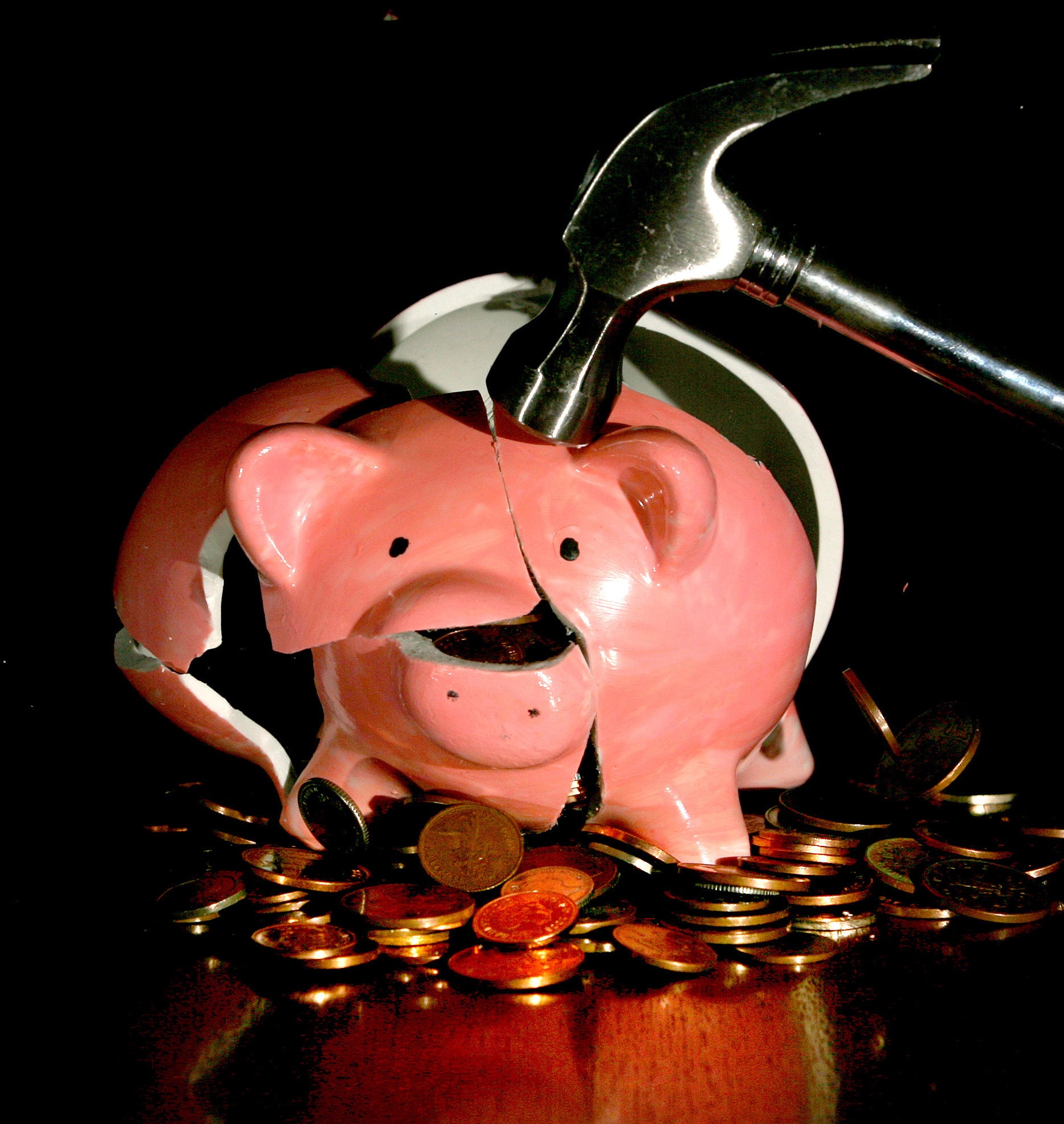‘Huge falls’ expected in people with enough cash left at the end of each month
The figure may be only around one in 10 people in some regions, according to Hargreaves Lansdown.

Your support helps us to tell the story
From reproductive rights to climate change to Big Tech, The Independent is on the ground when the story is developing. Whether it's investigating the financials of Elon Musk's pro-Trump PAC or producing our latest documentary, 'The A Word', which shines a light on the American women fighting for reproductive rights, we know how important it is to parse out the facts from the messaging.
At such a critical moment in US history, we need reporters on the ground. Your donation allows us to keep sending journalists to speak to both sides of the story.
The Independent is trusted by Americans across the entire political spectrum. And unlike many other quality news outlets, we choose not to lock Americans out of our reporting and analysis with paywalls. We believe quality journalism should be available to everyone, paid for by those who can afford it.
Your support makes all the difference.Households’ financial resilience will be eroded over the coming year as the cost-of-living squeeze tightens, according to economic modelling.
In a year’s time, the areas of Britain where fewest people have enough money left at the end of the month will include Yorkshire and the Humber (6.7%), the North East of England (7%), Wales (8.1%), the East Midlands (8.7%) and the West Midlands (9.2%), it was suggested.
The figures were released in the Hargreaves Lansdown savings and resilience barometer, produced with Oxford Economics.
Researchers used official data for the modelling, including the Wealth and Assets Survey.
Over the next 12 months, the percentage of people with sufficient emergency savings will fall from 62% to 57%, it was predicted.
Those who do have some lockdown savings left may well spend their way through them
Having sufficient savings was defined as enough to cover at least three months of essential spending.
In the North East of England, the percentage with enough savings will fall to just 44%, according to the research.
Sarah Coles, senior personal finance analyst at Hargreaves Lansdown said: “The regions where people started with less savings and less wiggle room in their budgets will face some impossible challenges.
“In the next 12 months, rising prices will mean huge falls in the proportion of people with enough cash left at the end of the month.
“Right now, across the country half of people have enough money left at the end of the month.
“In a year’s time, only London will see as many as one in five people in this position, and in most places it will be closer to one in 10.
“Those who do have some lockdown savings left may well spend their way through them.”
Cost-of-living payments will be made in coming months to help cushion rising living costs.
From Thursday, a first instalment of £326 will start to be paid out to low-income households on benefits.
The second payment of £324 will follow in the autumn.
Pensioner households will receive an extra £300 to help cover the rising cost of energy this winter, while people on disability benefits will receive an extra £150 payment in September.
From October, households generally will have a £400 grant to reduce energy bills.